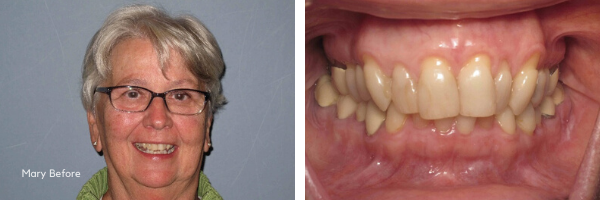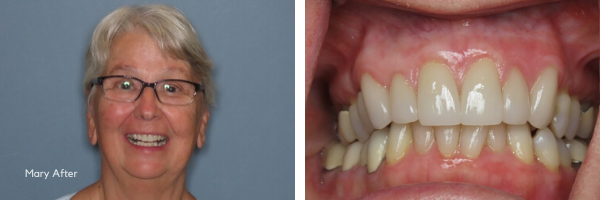By: Dr. Elizabeth Eggert
An improper bite – often the result of a misaligned upper and lower jaw – can lead to pain, joint problems and accelerated wear on the teeth. Fortunately, you don’t have to live with this condition. At Eggert Family Dentistry, Dr. Elizabeth and Dr. Jeff specialize in occlusal equilibration, a procedure that helps restore correct mouth structure and alleviates the irritating and painful symptoms associated with misaligned jaws.
What is occlusal equilibration?
Occlusal equilibration is the process of adjusting the biting surfaces of teeth in order to achieve the proper bite and the proper positioning of the jaws.
What should I look for?
If you’re experiencing any of these issues, you may benefit from occlusal equilibration:
- Worn, chipped, cracking, or fractured teeth
- Loose teeth (which may also indicate periodontal disease)
- Temporomandibular joint dysfunction (TMD)
- Teeth grinding or jaw clenching
- Tension headaches or migraines
- Gum recession
The diagnostic process
If you’re concerned about jaw misalignment, you can schedule a diagnostic appointment, also known as the Records Process, with us. At this appointment, Dr. Elizabeth or Dr. Jeff will assess your mouth structure and will look at a 3D model of your teeth. After analyzing how your teeth move against each other, Dr. Elizabeth or Dr. Jeff determine if adjusting the biting surfaces of your teeth could help reposition your upper and lower jaws properly. A lot of times, equilibration won’t be recommended until after completing splint therapy.
Occlusal equilibration
If Dr. Elizabeth or Dr. Jeff determines that occlusal equilibration is right for you, you will come to a separate appointment for this procedure. During the procedure, Dr. Elizabeth or Dr. Jeff will gently reshape the biting surfaces of your teeth in a specific manner. The precise altering of the biting surfaces of your teeth will allow them to bite together properly and allow your jaw, muscles, and teeth to work in harmony.
The end result
Our patients are pleased with the results of an occlusal equilibration and often remark that they can feel the difference in their bite right away. It helps them feel more relaxed and like it is easier to chew.
If you think you may benefit from occlusal equilibration, you can schedule a consultation with us at Eggert Family Dentistry at 651.482.8412!



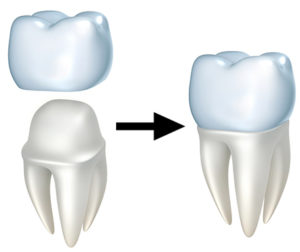 What are crowns?
What are crowns? Because the entire tooth is covered, the tooth is less likely to fully fracture or split than with other restorations like veneers or fillings. Porcelain crowns can look and feel good and can be color-matched to blend with your natural teeth. Crowns generally feel very natural.
Because the entire tooth is covered, the tooth is less likely to fully fracture or split than with other restorations like veneers or fillings. Porcelain crowns can look and feel good and can be color-matched to blend with your natural teeth. Crowns generally feel very natural.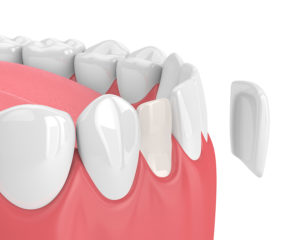 What are veneers?
What are veneers?
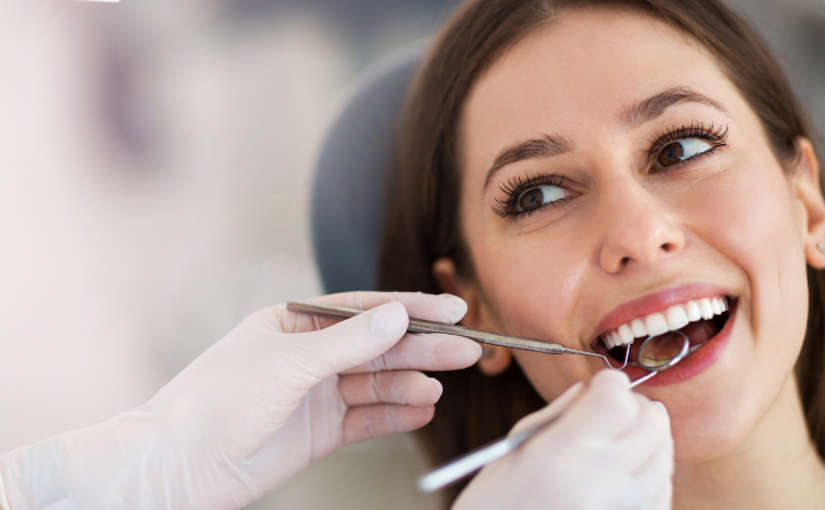
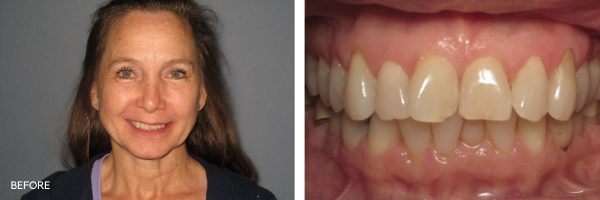
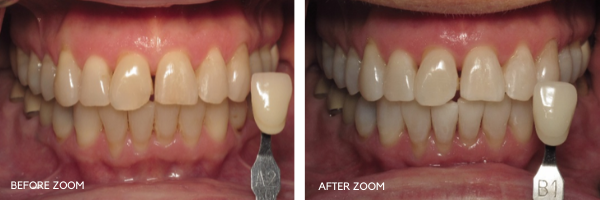
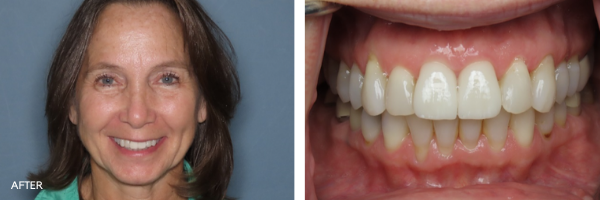

 When teeth and gums are not properly cared for, bacteria builds up, causing plaque to form and inflaming the gums. When gums become inflamed, bacteria can easily sneak under the gums and enter the bloodstream. Bacteria in the bloodstream can infect tissues throughout the body and make you sick.
When teeth and gums are not properly cared for, bacteria builds up, causing plaque to form and inflaming the gums. When gums become inflamed, bacteria can easily sneak under the gums and enter the bloodstream. Bacteria in the bloodstream can infect tissues throughout the body and make you sick.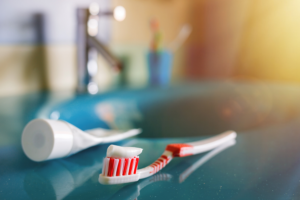 During cold and flu season, vigilance is your best defense. In addition to healthy eating, routine handwashing and getting enough sleep, it’s important to practice good toothbrush care. At Eggert Family Dentistry, we recommend tossing your toothbrush after any cold or flu to avoid the likelihood of reinfection. We also recommend washing your hands before you brush and floss, rinsing your toothbrush well and allowing it to air dry after each use and keeping family members’ toothbrushes separate from each other in order to avoid cross-contamination. And regardless of the season, don’t ever share a toothbrush!
During cold and flu season, vigilance is your best defense. In addition to healthy eating, routine handwashing and getting enough sleep, it’s important to practice good toothbrush care. At Eggert Family Dentistry, we recommend tossing your toothbrush after any cold or flu to avoid the likelihood of reinfection. We also recommend washing your hands before you brush and floss, rinsing your toothbrush well and allowing it to air dry after each use and keeping family members’ toothbrushes separate from each other in order to avoid cross-contamination. And regardless of the season, don’t ever share a toothbrush!

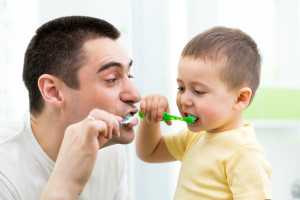 If you didn’t already have a case for taking good care of your mouth, hopefully understanding the connection your oral and physical health have with one another may help you. Here are some ways to maintain a healthy smile!
If you didn’t already have a case for taking good care of your mouth, hopefully understanding the connection your oral and physical health have with one another may help you. Here are some ways to maintain a healthy smile!



